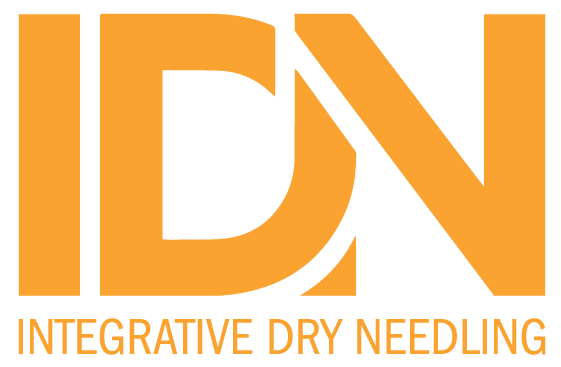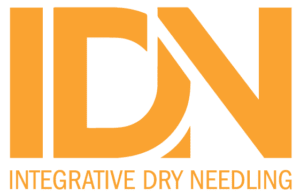Complement Ther Med. 2024 Sep 15:103085. doi: 10.1016/j.ctim.2024.103085. Online ahead of print.
ABSTRACT
BACKGROUND: Headaches, a widespread neuromuscular ailment, pose a significant burden on individuals and society, necessitating both pharmacological and non-pharmacological interventions. Dry needling (DN) has surfaced as a notable non-pharmacological alternative for addressing headaches. We aim to compare DN intervention with the control group in the management of different types of headaches.
METHODS: A comprehensive meta-analysis was conducted, encompassing a systematic exploration of five electronic databases up to May 2023, with studies assessed for validity using the Cochrane risk of bias tool. Eligible studies included those with a control group, which could consist of sham interventions, physiotherapy, or pharmacological treatments. Outcomes related to disability, headache intensity, and frequency were extracted and analyzed.
RESULTS: Out of 4304 studies screened, 13 randomized controlled trials (RCTs) were included in this systematic review, of them 10 RCTs were included in the meta-analysis. A significant decline in the disability score and headache intensity was evident in the DN group compared to the control group, one and three-month follow-ups. Specifically, substantial reductions in headache frequency were prominent after one and three months post-intervention.
CONCLUSION: Dry needling manifests as a potent intervention, diminishing headache intensity and frequency, albeit with lower impact on disability scores. The observed benefits were especially pronounced after one and three months, though the heterogeneous nature of some data analyses mandates further detailed studies to gain a clearer understanding of DN’s efficacy on the assessed outcomes.
PMID:39288839 | DOI:10.1016/j.ctim.2024.103085



